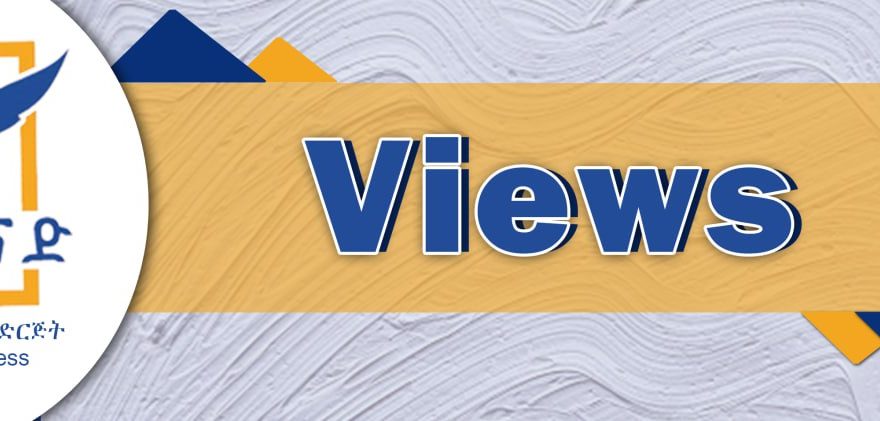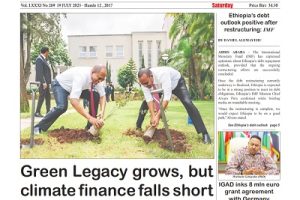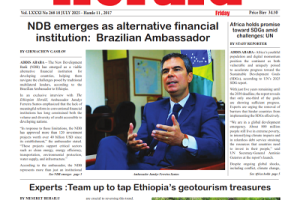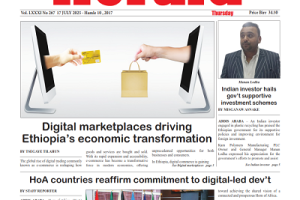
Multiple identities may refer to several conditions in which an individual or entity acquires more than one personality. A person may have several distinctive identities. Psychologists refer to multiple identities which may relate to several personality situations. These conditions relate to a person having several personalities in different conditions. Each of these conditions has its own pattern of understanding and interacting of a person with members of a society.
In different countries, including Ethiopia, each and every person has distinctive identities that make up his personality. Every person has marks of association with several community members such as language, ethnic and gender. These marks are indelible from the person who is identified with them. Sociologists refer to multiple identities that play various roles within communities. They study persons who adopt different images in different situations, such as being parents, employee, friends, and community members. Each of these roles comes with multiple expectations and attitudes.
Multiple identities may also relate to the familiarity and understanding of individuals who belong to more than one cultural group. This may involve bicultural or multicultural persons who constitute several cultural norms and traditions. In Ethiopia, it may be difficult to identify an individual as having a single identity without being associated with certain cultural group.
As Ethiopians migrate out of their place of origin, they are bound to mix with other people of different traditions. Through intermarriage with different ethnic and tribal groups, they are bound to have children with mixed blood. These children are bound to have multiple identities and profiles. In the modern digital world, these multiple identities may be referred to as having different profiles across various neighboring communities within the country. With communal authorization, these multiple identities may be assumed for various purposes. In a few cases this may be linked to issues of fraud or protection.
In Ethiopia, a few but qualified persons may be entitled to multiple identities for literary and artistic purposes. Authorities in the field assert that in literature and the arts, actors or characters might have multiple identities for the purpose of acting on the stage. They also use these identities in shows or presentations through the multimedia. They apply it as a narrative device to explore identities and transform actors into personalities. These process demands highly qualified directors of drama or theatre to be reflected on the stage. These directors take into consideration the capacity of the audience interested in the presentations.
The appreciation of the themes of the drama by the audience reflects the success of the director in charge. On the stage the audience may be confronted with multiple identities. These identities require understanding the specific context of the presentation. In other words, it is absolutely necessary to grasp the values and meanings of the drama in which “multiple identities” are used. This is crucial for interpreting the meaning and purpose of the presentation as accurately as possible.
The assessment of the capacity of persons with multiple identities is critical for the success of policy, program and project to address their interests or needs. In the case of Ethiopia, multiple identities may refer to the complex and multifaceted nature of the people. Ethiopian identity may be shaped by its diverse ethnic, linguistic, and cultural heritage. The country is home to over 84 different ethnic groups. Each has its own distinct values, culture, language, traditions, and customs. These factors are major indicators of diversity in various parts of the country. They reflect in a significant manner the various aspects of the identity of the country. These elements influence the social, political, and cultural dynamics of Ethiopia. They do reflect that the diversities are elements of unity among different ethnic, tribal, religious, traditional and cultural groups. They are all interlinked by traditional and modern means of political, economic and social factors that are crucial for the unity of Ethiopia.
Sociologists and other experts are of the opinion that the major aspects of multiple identities in Ethiopia are ethnic diversity, linguistic pluralism, cultural wealth, religious diversity, and historical identity. The country is one of the most ethnically diverse countries in Africa. Each ethnic group has its own language that is spoken by people within its domain and beyond. This reflects that there is linguistic pluralism within the borders and across neighboring ethnic zones.
The Ethiopian Constitution recognizes all Ethiopian languages in the country with Amharic serving as the working language of the Federal government. However, regional states have the right to establish their own working languages. This is just a reflection of cultural wealth enjoyed by all. Ethiopia has rich cultural heritages that include ancient civilizations, historical sites and religious traditions. Each of these heritages is an integral part of the national identity of which Ethiopians are proud.
They do reflect the pride of Ethiopians at different times in different parts of the country. They conduct periodic festivals accompanied by music and dance. They wear traditional attires that are colorful with significant variations across different regions. The music, dance, and colorful traditional clothes do reflect rich cultural variety and mixture within the country. Moreover, religious diversity is reflected in different regions of the country showing interreligious respect about which the Ethiopians are proud.
The country comprises of religiously diverse people, with Christianity, primarily Ethiopian Orthodox, Protestant, and Catholic, and Islam. They also have traditional religions being practiced in different parts of the country. Religious activities and celebrations have a major role in the daily lives of Ethiopians. They do contribute to the cultural wealth of the country that attracts tourists and Ethiopians from different parts of the country.
Among the multiple identities in Ethiopia, the most significant and unique one is historical identity. Being one of the few African countries that successfully defended itself against colonialism, Ethiopia has become as source of national pride and inspiration. The Battle of Adwa in 1896, where Ethiopian forces defeated Italian invaders, is a source of national pride. The Ethiopians had also curtailed the Italian occupation of their country during WW II. They had repulsed the Somali invasion of 1977 in the eastern part of the country. This invasion was a devastating one in which civilians had been temporarily displaced from their place of residence. These incidents and other historical defense of the country proved that Ethiopians are great defenders of their freedom in all places at all times.
The invaders of various intent and colors have now designed new strategies of dividing the country along ethnic lines for the purpose of weakening it. This design helps the alien forces to indirectly control and exploit the natural resources of the country. They do this at the expense of the Ethiopian people who are left to starve in internecine battles as a result of which they are forced to look for food aid from these external foes.
In the recent past, Ethiopian political structure has been a Federal system that is based on ethnic federalism, with regions formed mainly on ethnic basis. Experts think that this system has been designed to accommodate the ethnic diversity but it has also caused tensions, pressures, apprehensions and conflicts. The political system has been manipulated and influenced by ethnic affiliations, attachments and connections which have played a major role in governance and representation. Political scientists have been suggesting that these developments have led to challenges and opportunities. The challenges included ethnic tensions and conflicts which have been recurring, chronic and persistent issues that have sometimes escalated into violence. Consequently, balancing national unity with ethnic autonomy has remained a complex and intricate challenges for Ethiopian leaders.
There have been, however, opportunities that promoted the multiple identities of Ethiopians that could enhance a sense of “unity in diversity.” These conditions and circumstances would help in promoting inclusive governance. Inclusivity of all the diverse people of the country ensures equitable development. These situations might create favorable conditions that reduce ethnic tensions encouraged by alien forces. These forces would take advantage of ethnic conflicts to exploit the natural resources of a weakened Ethiopia. They continue to discourage and depress any attempt by the people to promote their unity.
Comprehending and appreciating the multiple identities of Ethiopia has become crucial for addressing the challenges the country has faced. Harnessing, binding and attaching its human and natural resources potential is a key for its amicable, congenial, harmonious and prosperous economic and social development. This is a crucial precondition for the coexistence of people with common history and multiple identities in Ethiopia.
BY GETACHEW MINAS
THE ETHIOPIAN HERALD WEDNESDAY 17 JULY 2024





